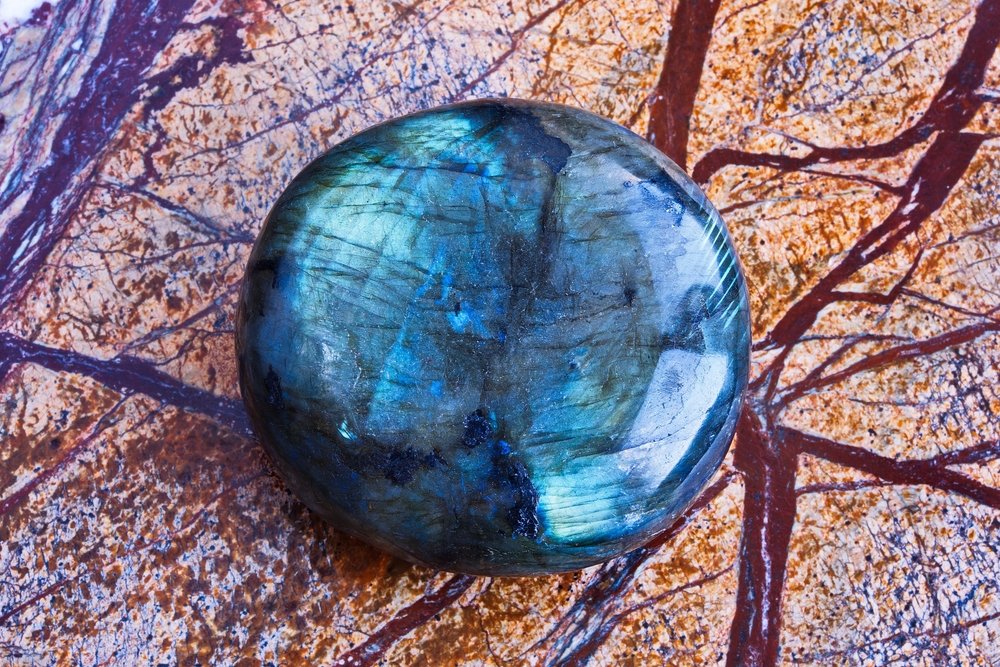The Geological Marvel: Unveiling the Intricate Formation Process of Quartz
Quartz, a mineral renowned for its beauty and versatility, has captivated scientists and enthusiasts alike for centuries. Its formation is a fascinating geological process that involves intricate chemical reactions and intense pressure. In this article, we will delve into the depths of how quartz is formed, unraveling the mysteries behind its creation.
- Silicon and Oxygen:
At the heart of quartz formation lies the elements silicon and oxygen. Silicon, the second most abundant element in the Earth's crust, combines with oxygen to form silicon dioxide (SiO2), the chemical composition of quartz. These elements are widely distributed in the Earth's crust, making quartz one of the most common minerals on our planet. - Hydrothermal Process:
One of the primary methods of quartz formation is through hydrothermal processes. These processes occur when hot, mineral-rich fluids circulate through fractures in the Earth's crust. As the fluids cool, they deposit minerals, including quartz, in the cracks and cavities. The slow cooling allows the quartz crystals to grow over time, resulting in their characteristic hexagonal shape. - Pegmatite Intrusions:
Another significant contributor to quartz formation is pegmatite intrusions. Pegmatites are igneous rocks that form during the final stages of magma crystallization. These rocks contain exceptionally large crystals, including quartz. The slow cooling of the magma within the Earth's crust allows ample time for quartz crystals to grow to impressive sizes. - Metamorphic Transformation:
Quartz can also form through metamorphic processes, where existing rocks undergo intense heat and pressure deep within the Earth's crust. During metamorphism, minerals within the rocks recrystallize, and new minerals, such as quartz, can form. This process often occurs in regions with high tectonic activity, such as mountain ranges, where rocks are subjected to immense pressure and heat. - Biomineralization:
Intriguingly, quartz can also be formed through biomineralization, a process driven by living organisms. Certain marine organisms, such as diatoms and radiolarians, extract dissolved silica from seawater and use it to build intricate silica skeletons. Over time, these skeletons accumulate and form deposits of quartz-rich sediment on the ocean floor. Through geological processes, these sediments can be uplifted and exposed on land.
Conclusion:
Quartz, with its mesmerizing beauty and remarkable properties, is a mineral that has captivated humanity for centuries. Its formation is a testament to the intricate workings of our planet, involving hydrothermal processes, pegmatite intrusions, metamorphic transformations, and even the influence of living organisms. Understanding the formation of quartz not only deepens our appreciation for its natural wonders but also sheds light on the complex geological processes that shape our world.

Post Comment